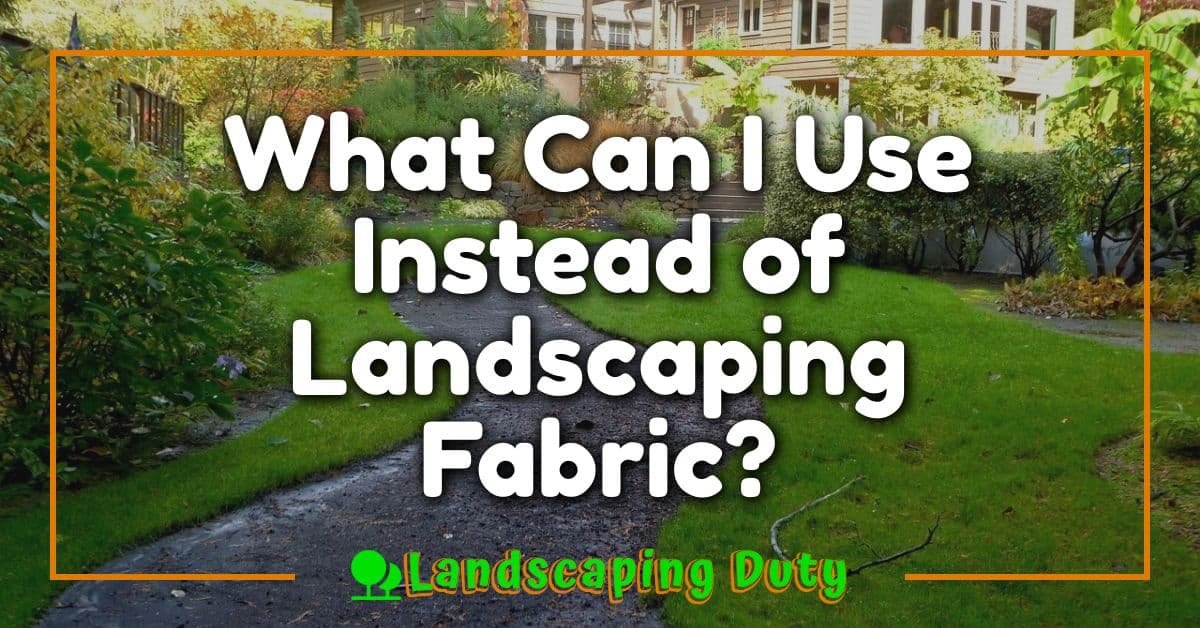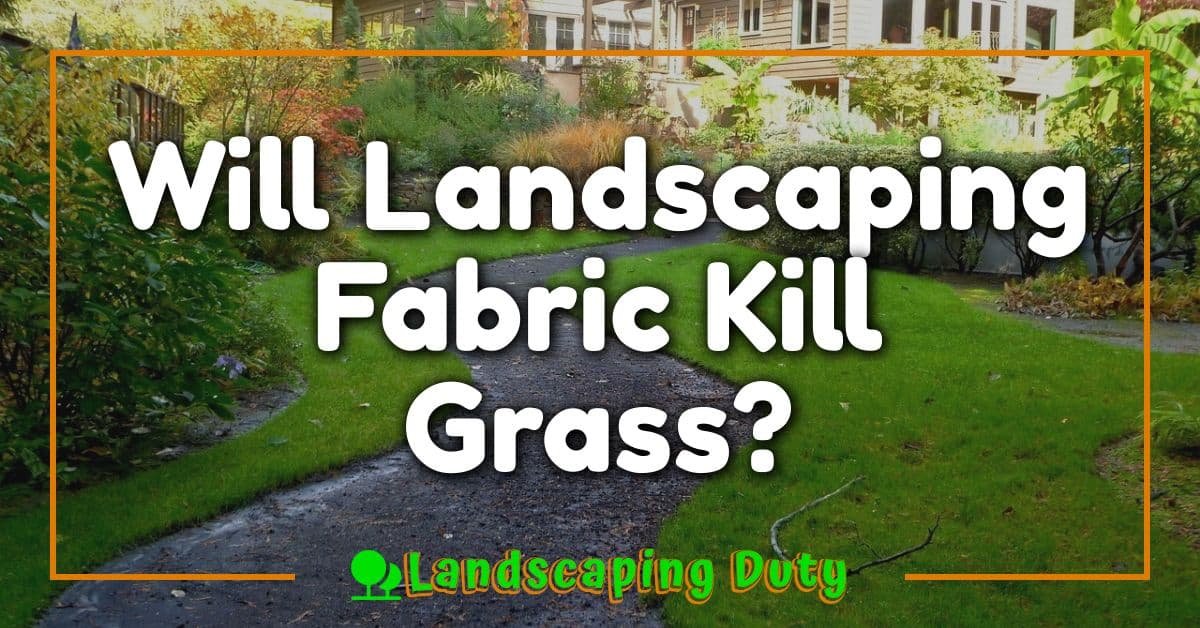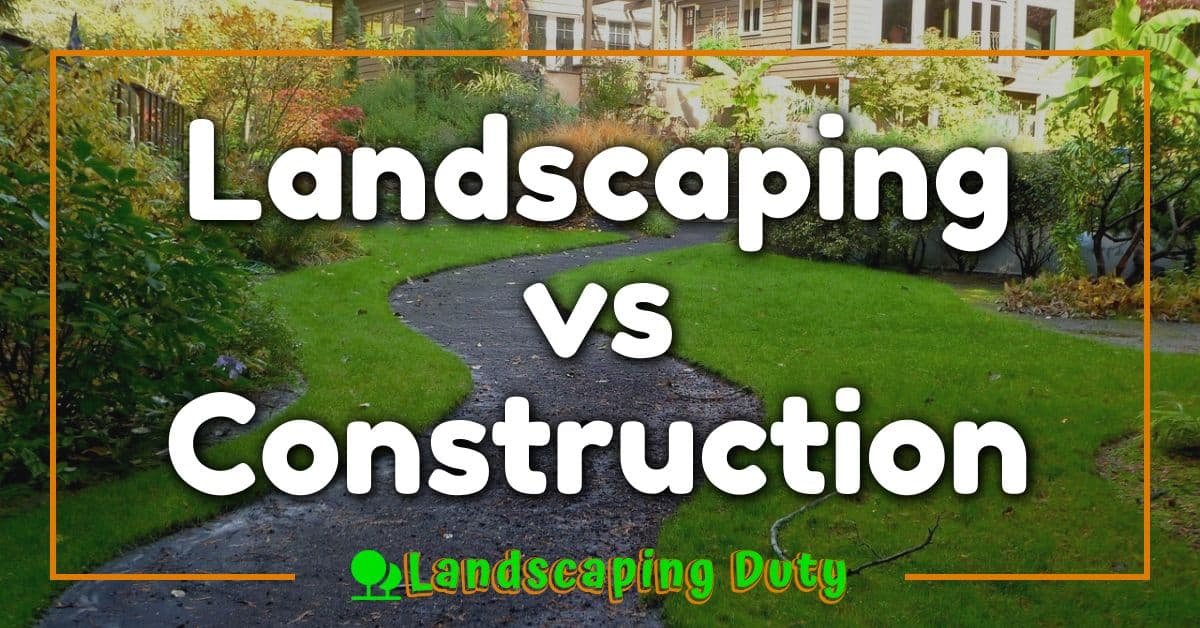Gardens have always been a reflection of personal style, but as we step into 2025, they’re becoming so much more. They’re evolving into spaces that blend nature, innovation, and sustainability, creating a perfect harmony between beauty and function. I’ve noticed how modern designs are pushing boundaries, reimagining what outdoor spaces can be.

From sleek minimalist layouts to lush, eco-friendly sanctuaries, contemporary gardens are all about making bold statements while staying connected to the environment. It’s exciting to see how trends like vertical gardening, smart technology, and native plants are shaping these spaces. Whether you’ve got a sprawling yard or a cozy balcony, there’s something inspiring for everyone.
The Evolution Of Contemporary Garden Designs
Contemporary garden designs focus on blending aesthetic beauty with functionality. As trends shift, these spaces merge technology, sustainability, and artistic expression to redefine outdoor living. Designers now integrate native plants, reducing water consumption and supporting local ecosystems. Vertical gardening transforms small areas into vibrant, green walls, adding depth and maximizing urban spaces.
Minimalist layouts emphasize clean lines and open spaces, creating a sense of tranquility. Geometric patterns, combined with natural materials like wood and stone, provide a timeless yet modern look. Smart technology, such as automated irrigation and lighting systems, enhances convenience while conserving resources.
Sustainability remains central. Using recycled materials for furniture and hardscapes reduces environmental impact. Drought-tolerant plants, such as succulents and grasses, are preferred for adaptability to changing climates. These design choices reflect an eco-conscious approach while fostering harmony with nature.
Trending Elements In 2025 Garden Designs
Contemporary garden designs in 2025 highlight sustainability, technological innovation, and simplicity. These elements elevate outdoor spaces into versatile, eco-conscious sanctuaries.
Sustainable And Eco-Friendly Features
Sustainability defines the core of modern gardens. Designers incorporate native plants like lavender and switchgrass to promote biodiversity and reduce water usage. Recycled materials such as reclaimed wood and repurposed metal add character while minimizing environmental impact. Permeable paving ensures proper water drainage, reducing runoff and flooding risks.
Smart Technology Integration
Smart technology enhances convenience and resource management. Automated irrigation systems optimize water usage with weather-adaptive sensors, ensuring efficient hydration. Lighting solutions, like solar-powered LED fixtures, illuminate paths while conserving energy. Mobile apps allow real-time monitoring, enabling control over temperature, moisture levels, and other environmental factors with ease.
Minimalist Aesthetic Appeal
Minimalist designs prioritize simplicity and functionality. Open layouts with clean lines and neutral tones create peaceful environments. Features like gravel pathways, geometric planters, and low-maintenance plants, such as succulents and ornamental grasses, provide visual harmony. Limitations on cluttered decor emphasize a balanced, serene outdoor experience.
Innovative Materials And Techniques
Designs for 2025 introduce cutting-edge materials and methods that harmonize sustainability, functionality, and aesthetics. These innovations redefine how outdoor spaces are built and maintained.
Recycled And Sustainable Materials
Recycled materials give gardens an eco-friendly and modern edge. Designers use reclaimed wood for raised flower beds, benches, and pergolas to reduce waste. Repurposed metals like steel and aluminum create durable planters and garden features. Biodegradable composites, made from plant-based fibers, are replacing traditional plastics for lightweight pots and decorations.
Sustainable paving techniques include permeable surfaces that prevent water runoff while allowing rainwater to nourish the soil below. Materials like crushed stone and recycled brick offer visually appealing, environmentally conscious options. These choices not only enhance a garden’s appearance but also minimize environmental impact.
Vertical Gardening Solutions
Vertical gardens optimize space, especially in urban settings. Living walls, made from modular panels, support diverse plant species such as ferns, succulents, or edible greens. Recycled materials like old palettes or metal grids act as frameworks for these installations.
Self-watering systems for vertical gardens promote sustainable practices, using reservoirs that distribute moisture evenly. Lightweight growing mediums, made from coconut coir or recycled fabrics, provide durability without burdening structures. These solutions maximize greenery in limited spaces and improve air quality in outdoor environments.
Garden Design Inspirations For Different Spaces
Contemporary garden designs in 2025 embrace flexibility, offering tailored approaches for diverse spaces. Whether nurturing a tiny urban balcony or transforming a large backyard, thoughtful solutions blend style with functionality.
Urban Balcony Gardens
Urban balconies prioritize vertical gardening and multi-functional features. Compact planters, tiered shelves, and wall-mounted pots maximize space. Living walls with low-maintenance plants like pothos or succulents create lush, green backdrops.
Smart irrigation systems simplify balcony care, using sensors to provide precise water levels without overuse. Folding furniture, such as bistro tables or hanging chairs, ensures comfort without clutter. Solar-powered LED lights add ambiance, supporting sustainability while enhancing usability at night.
Expansive Backyard Retreats
Expansive backyards transform into multi-zoned retreats, accommodating various activities. Designers create sections for outdoor dining, lounging, and gardening, unified by cohesive layouts. Permeable surfaces like gravel pathways or recycled paving stones manage water drainage efficiently.
Native plants, including coneflowers and ornamental grasses, promote biodiversity while maintaining low water requirements. Fire pits and pergolas enhance leisure areas, blending rustic and modern aesthetics. Integrated smart lighting systems highlight focal points like water features or garden sculptures, creating inviting atmospheres after dark.
« Transform Your Outdoor Space: Top Backyard Ideas with Pergolas for Style and Comfort Organic Mulch vs. Inorganic: What’s Better for Your Garden? Pros, Cons & Tips »
Expert Tips For Creating Your Contemporary Garden
- Utilize native plants effectively. Incorporating native species like purple coneflowers or little bluestem can promote local biodiversity and reduce watering needs. These plants naturally adapt to local climates, requiring less maintenance.
- Incorporate sustainable materials. Use elements like reclaimed wood for decking or raised beds, and install permeable paving made from porous concrete or recycled bricks. These materials enhance design while reducing environmental impact.
- Maximize vertical spaces. Vertical gardens with ferns or succulents are ideal for small spaces. Pair these with self-watering systems to simplify upkeep and improve air quality.
- Adopt smart technology. Automated irrigation systems optimize water usage by adjusting to weather conditions, while solar-powered LED lights reduce energy consumption. Mobile apps provide control over lighting and irrigation remotely.
- Prioritize minimalism. Maintain open layouts and integrate sleek furniture with clean lines. Neutral colors, combined with subtle greenery, create a calm, cohesive atmosphere.
- Create distinct zones. Divide large areas into functional zones, such as a dining area with sustainable furniture or a relaxation corner surrounded by native plants. Use garden lighting to define these zones visually at night.
- Experiment with innovative growing mediums. Use lightweight, biodegradable growing mediums for rooftop or balcony gardens. This minimizes structural stress and supports diverse plant growth.
- Enhance functionality with multi-purpose features. Add benches with storage or planters integrated into seating. These multi-functional pieces provide practical solutions without cluttering the space.
Conclusion
As we step into 2025, garden design continues to evolve in exciting and meaningful ways. These contemporary spaces aren’t just about aesthetics—they’re about creating harmony between nature, technology, and sustainability. Whether you’re working with a small balcony or a sprawling backyard, the possibilities feel endless.
I love how these designs encourage us to rethink how we interact with outdoor spaces. They inspire creativity while promoting eco-friendly practices that benefit both us and the environment. It’s a reminder that even the smallest changes can make a big impact.
So, whether you’re drawn to sleek minimalist layouts, lush vertical gardens, or smart tech solutions, there’s something for everyone. Contemporary gardens are more than just a trend—they’re a reflection of how we can live more thoughtfully and beautifully.
















